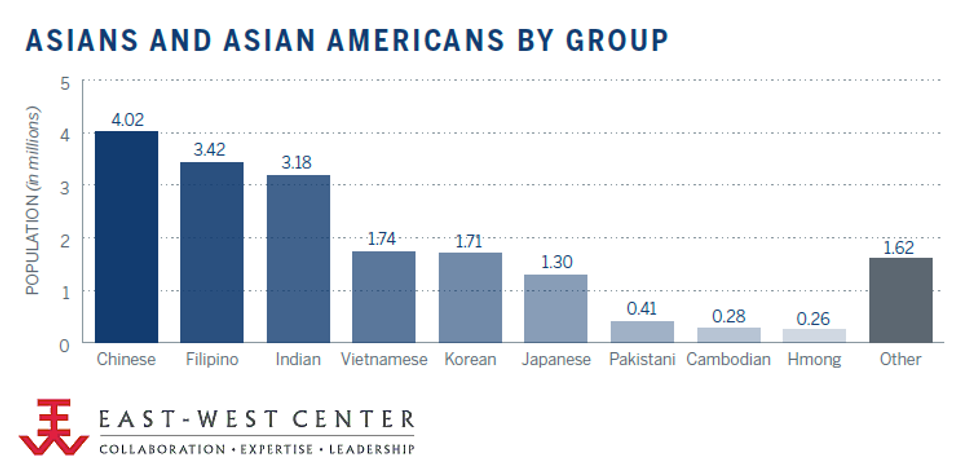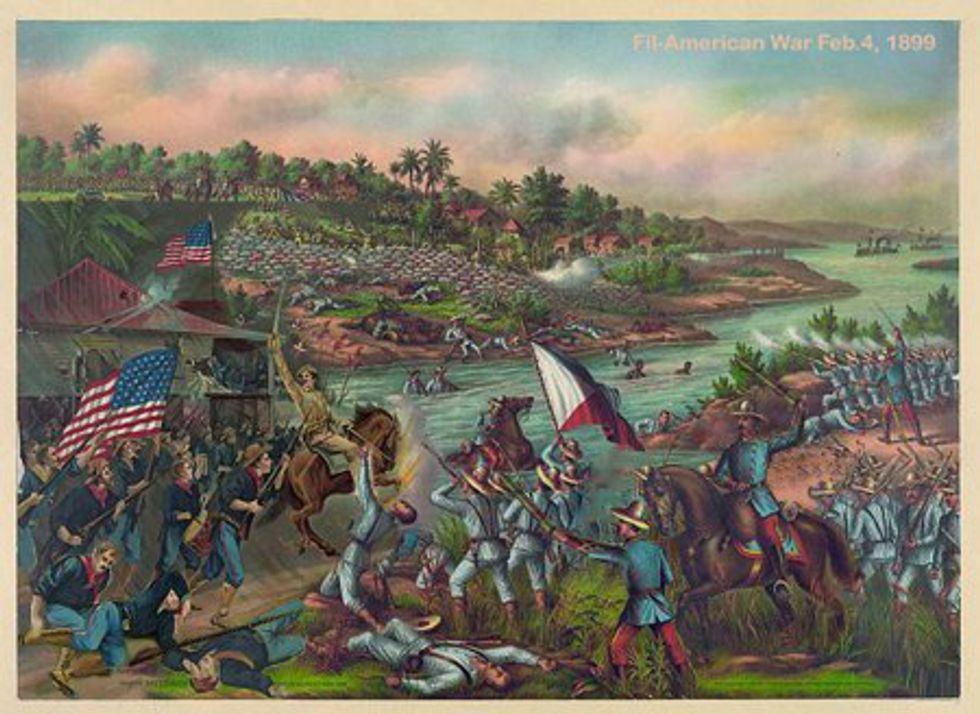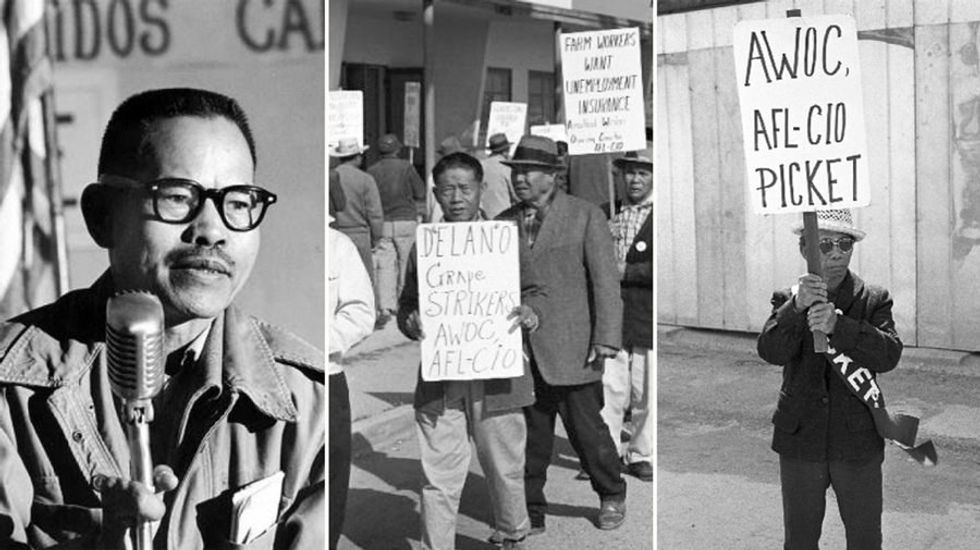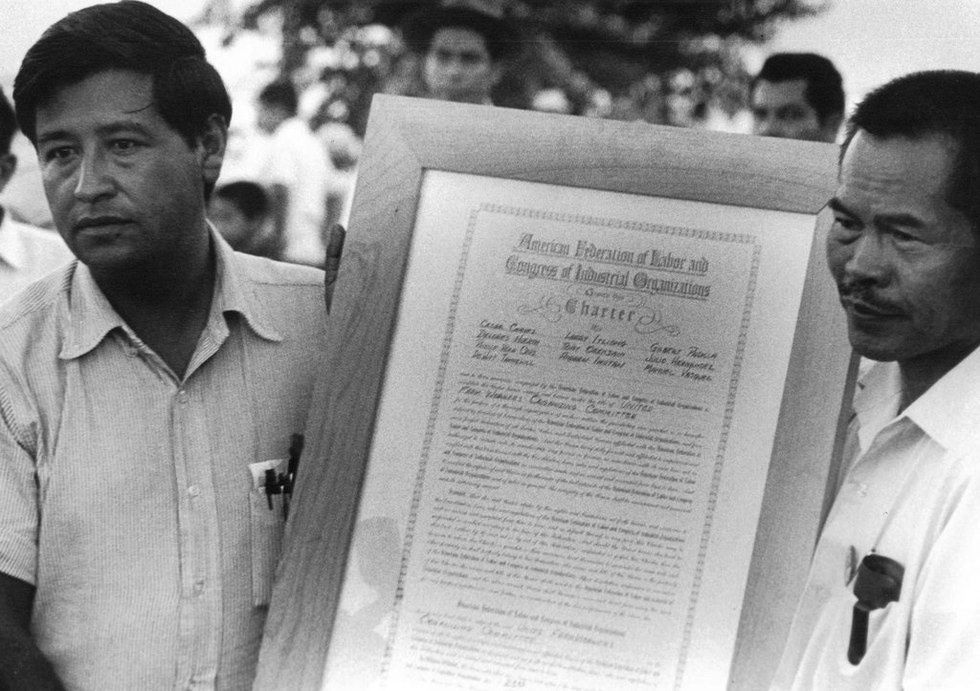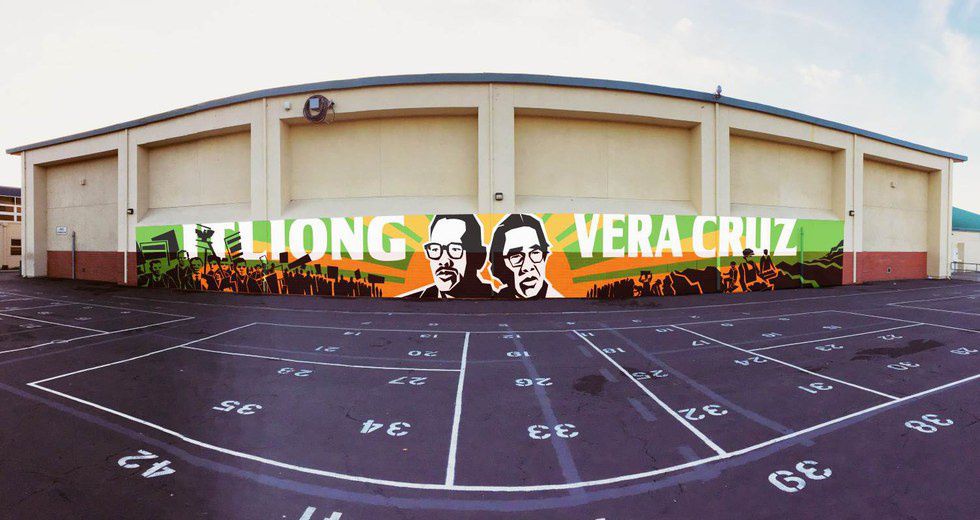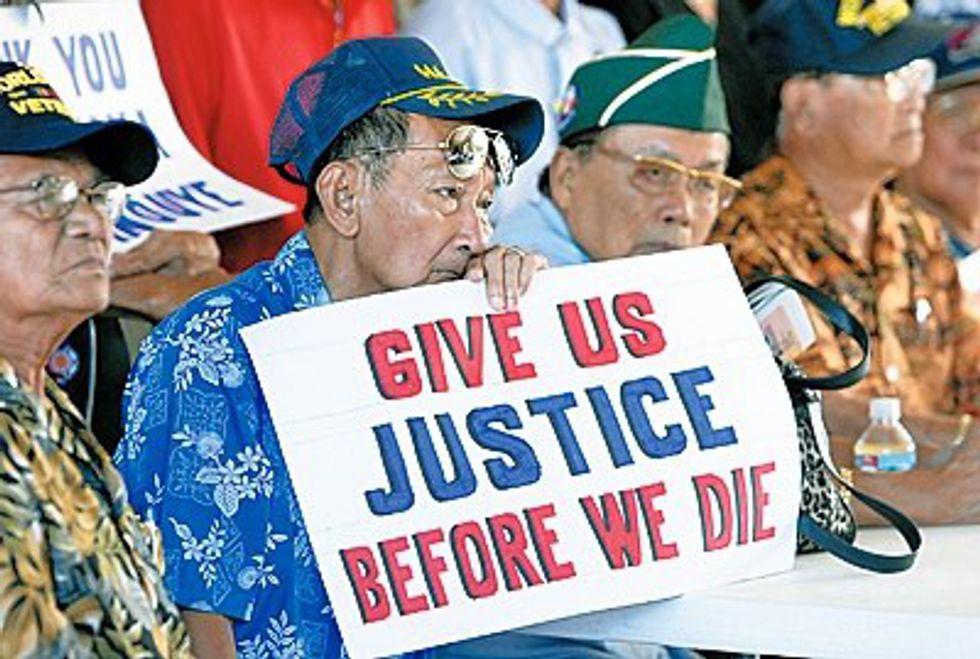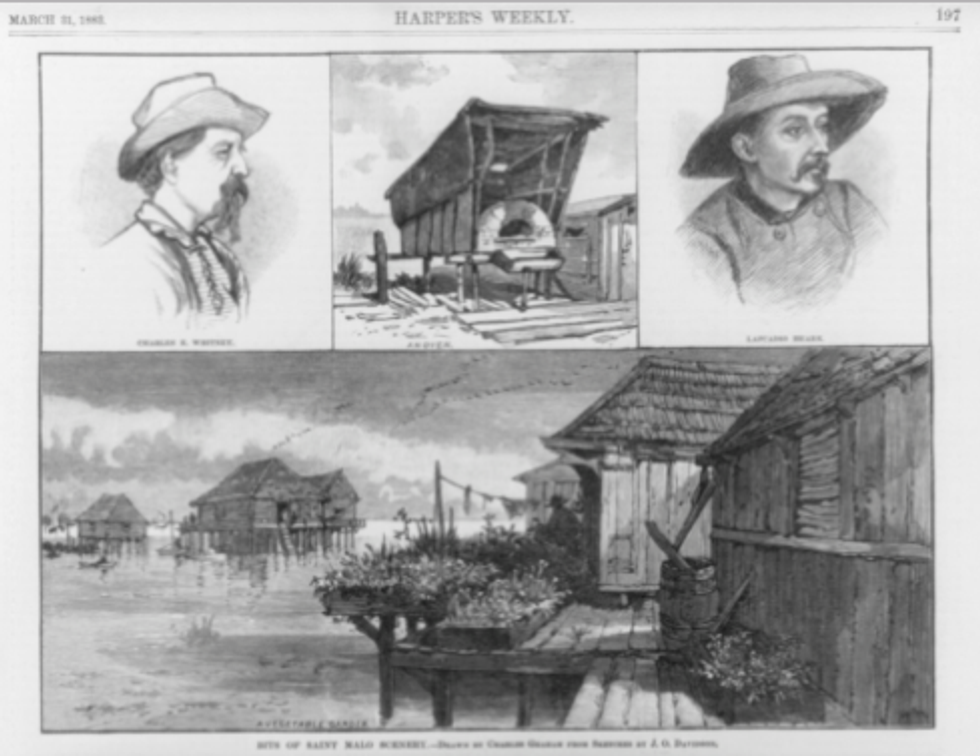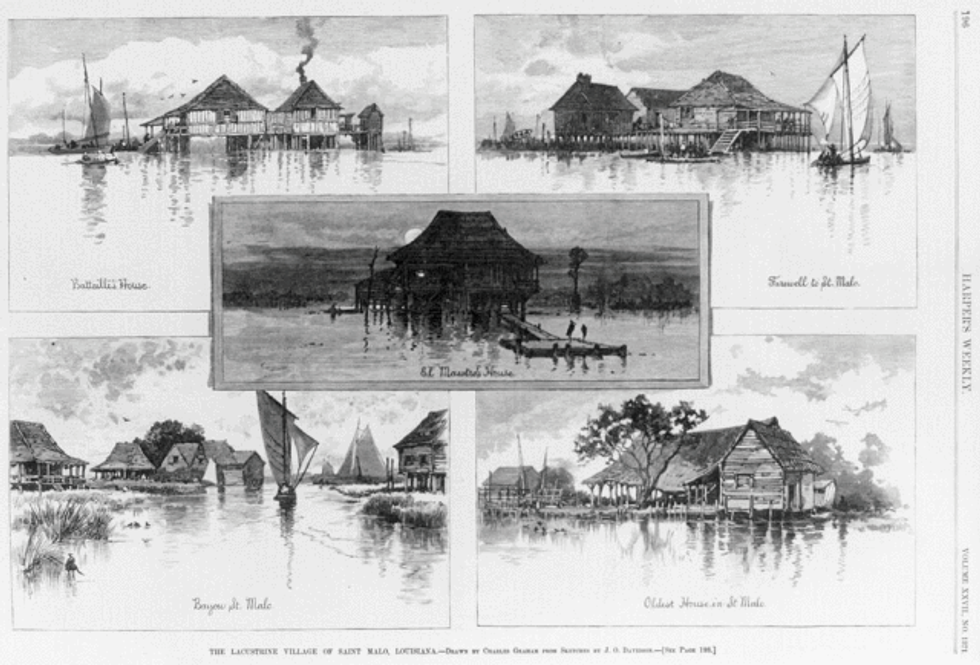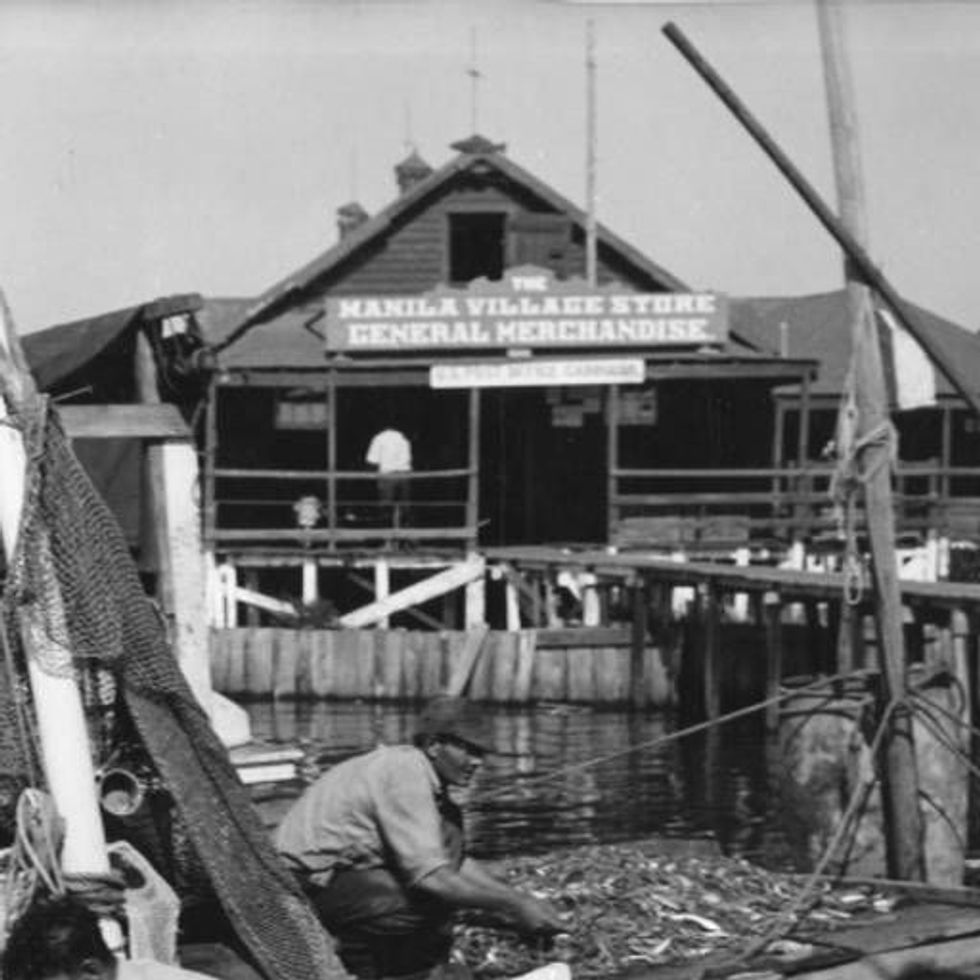Before the month of October comes to an end, let's take a moment to celebrate the last of it being Filipino-American History month! From having dreams and ambitions to growing fearless throughout many struggles, there are many moments in Filipino-American history–many untold–that are worth remembering.
1. Filipinos are the second-largest Asian population in the U.S.
According to 2010 Census Bureau data, the three largest groups were Chinese, Filipino, and Indian.
2. The Philippines was colonized by the U.S. for 47 years.
Although the Philippines was colonized by Spain for over 300 years from 1521-1898, the independence they gained after was immediately concluded when the U.S. bought the country from the Spanish for $20 million. Philippines was a commonwealth of the U.S. from 1899-1946. It was also shortly occupied by the Japanese from 1942-1945.
The influence of the multiple occupations and centuries of being colonized can be seen in not only Filipino and Filipino-American history, but in their language, cuisine and culture too.
3. Sparked the Delano Grape Strike.
While the Delano Grape Strike is mostly known for Cesar Chavez's leadership, Filipinos played a pivotal role as well.
With unfair wages and inhumane working conditions, enough was enough. On September 8th, 1965, Filipino American labor organizers Larry Itliong and Philip Vera Cruz gathered with the predominantly Filipino American Agricultural Workers Organizing Committee (AWOC) at the Filipino Community Hall and voted to strike.
A week later, Itliong approached Chavez, asking for him and the mostly Mexican American National Farm Workers Association (NFWA) to join their strike in hopes to create a bigger impact in improving the grape workers' rights nationwide.
All of their fearless and persistent teamwork grew from strikes and boycotts to a much bigger movement lasting from 1965-1971. Accomplishing even more than what they sought after, they received the rights they fought for and made American history, creating the United Farm Workers Union (UFW).
4. In 2015, Alvarado Middle School was renamed to Itliong-Vera Cruz Middle School.
In commemoration of the Filipino-Americans Larry Itliong's and Philip Vera Cruz's contribution to the Delano Grape Strike, a middle school in Union City, just east of San Francisco, California was renamed after the two men.
5. Filipino veterans of WWII were cheated of what was promised to them by the U.S.
In 1941, more than 250,000 Filipinos in the Philippines were called by U.S. President Franklin Roosevelt to serve in the U.S. Army in World War II. They agreed to join with a promise of full pay, benefits and U.S. citizenship. But in 1946, a year after Harry Truman became President, this promise was broken.
President Truman signed a law known as the Rescission Act, stating that the service of Filipinos: "shall not be deemed to be or to have been service in the military or national forces of the United States or any component thereof or any law of the United States conferring rights, privileges or benefits."
After countless efforts in trying to fight for their rights, it took 63 years later for them to receive some type of repayment. In 2009, President Obama signed The Filipino Veterans Equity Compensation Act, providing a one-time payment of $15,000 to eligible Filipino veterans if they live in the U.S or a one-time payment of $9,000 if they still live in the Philippines.
Many have said it's a bit too late, as many have already passed away and family members of the deceased aren't eligible to receive the money.
Despite this, WWII Filipino veteran Artemio Caleda values his military honor, justice and pride more than the money, saying "I am not a begger. I have done my service, I am a veteran…and I believe in the spirit of justice."
6. Influenced batture housing architecture and pioneered the dried shrimp industry in New Orleans, Louisiana.
Observed by Lafcadio Hearn, who wrote the first ever article about American Filipinos for Harper’s Weekly in 1883, "Manila Men" established St. Malo, a village outside of the bayous of New Orleans, Louisiana which became the first Filipino settlement in the United States. Sometime around the 18th to 20th century, some Filipinos would travel to Mexico on Spanish trading ships during the time the Philippines was concurrently being colonized by Spain.A group of them made their way to New Orleans as a way to escape and hide from the Spanish. The migration to the new area wasn't too difficult for them to adapt to, as they made homes in the marshlands similar to fishermen stilt homes in the Philippines. They built these homes on stilts, which would later become widely used and well-known as lower Mississippi River and New Orleans batture houses.
Many of these Filipinos were fishermen and they made a living by harvesting, as well as drying shrimp, where their Southeast Asian roots were shown. They would later become pioneers of the dried shrimp industry in the area.
7. As of 2010, Filipinos make up the largest ethnic group in Hawaii.
Data from the 2010 U.S. Census states that Filipinos now make up the largest ethnic group in Hawaii from 14.1% to 14.5% within a decade, surpassing the Japanese population which used to be the highest, from 16.7% to what is now 13.7%.
8. Tagalog is the fifth most spoken language in the U.S.
Shown by the 2011 U.S. Census Bureau, the top six most spoken languages in the U.S. are English, Spanish, Chinese, French/French Creole, Tagalog and Vietnamese.
9. Cristeta Pasia Comerford is the first Filipino-American, female and Asian to hold the position of executive chef at the White House.
Comerford has worked in The White House for three first families which included the Clintons, Bushes and the Obamas.
Comerford was born in Manila, Philippines and studied food technology at the University of the Philippines. She immigrated to the United States when she was 23 years old, then worked as a chef at many hotel chains in places like Chicago, Washington and even Europe, where she studied French cooking. Soon after, she was recruited by former executive chef Walter Scheib III to work at the White House in 1995.
President Obama even listed his favorite Filipino foods in order:
1. Halo-Halo (shaved ice)
2. Dinuguan (pork blood stew)
3. Balut (duck embryo)
4. Adidas (chicken feet)
5. Kinilaw na Kambing (ceviche-style goat meat)
6. Tocino (sweet cured pork)
7. Laing (spicy taro leaves)
8. Pinakbet (Filipino version of ratatouille)
9. Crispy Pata (Deep-fried pork knuckles)
10. Kare-Kare (Tripe and vegetables in peanut sauce)




